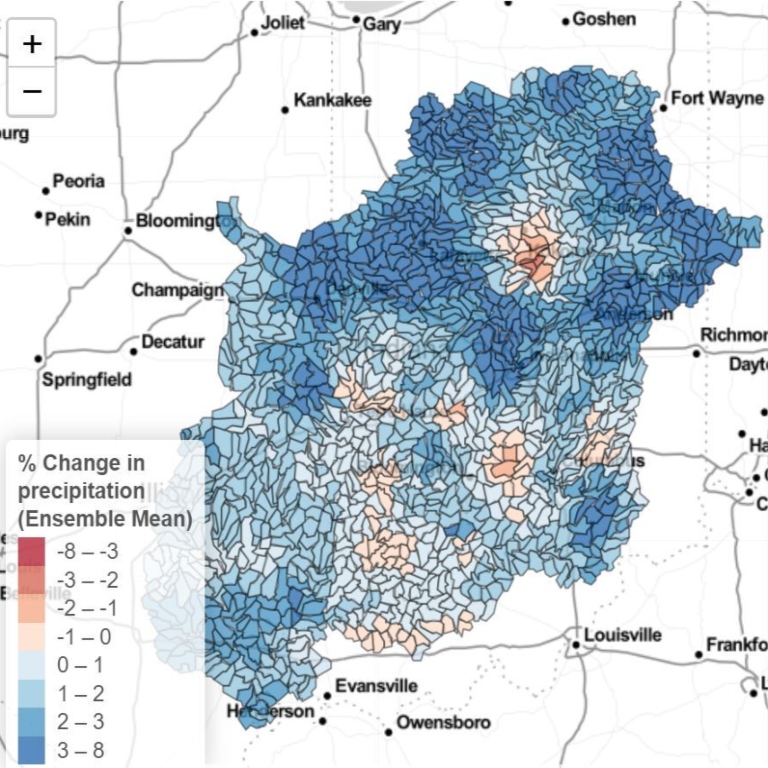By 2030, Indianapolis may need to generate up to 20% more electricity in the summer months based on a worst-case global warming scenario, researchers said in a recent report.
In a best-case scenario, the need may be closer to a 12% increase among the June to September months.
The increase is larger than many previous estimates because the study used a model developed through Purdue University that takes into account consumers using electricity and water in the same period.
Researchers also forecasted between a 5 and 8 percent growth in demand for Indianapolis water under both scenarios.
In February, Indiana University’s Environmental Resilience Institute predicted that climate change was expected to threaten Indiana’s water supply.
“Under a changing climate, rising temperatures will increase soil moisture and hydrological drought, meaning Indiana’s soil and streams will likely be drier for longer periods of the year in future decades,” University of Wisconsin-Stevens Point Assistant Professor Jennifer Dierauer, a former IU post-doctoral researcher and lead author of the paper, said in a statement.



